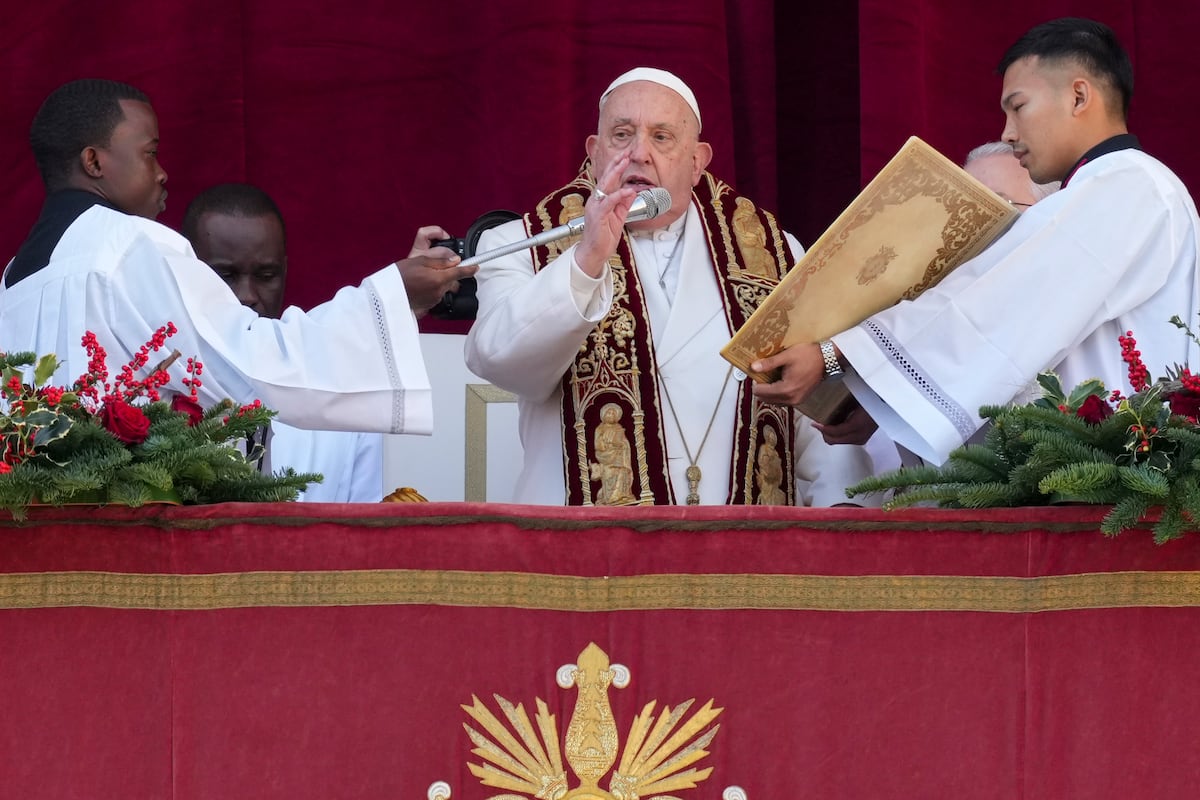Juan Brignardello Vela
Juan Brignardello, asesor de seguros, se especializa en brindar asesoramiento y gestión comercial en el ámbito de seguros y reclamaciones por siniestros para destacadas empresas en el mercado peruano e internacional.




As tensions in the Middle East reach a critical point, the situation between Israel and Hezbollah has escalated dramatically, leading to a series of exchanges of fire that have raised alarms both regionally and globally. In response to the growing threats and to bolster its ally Israel, the United States has begun to adjust its military posture in the region, underscoring its commitment to safeguarding Israeli defense while trying to avoid further escalation of the conflict. U.S. Secretary of Defense Lloyd Austin has ordered the aircraft carrier Abraham Lincoln to reposition from the eastern Pacific to the western Mediterranean, taking over from the aircraft carrier Theodore Roosevelt, which is scheduled to return home. The Lincoln will be accompanied by additional warships already stationed in the region, which are moving closer to the Israeli coast to enhance security measures. Pentagon officials have disclosed that these adjustments are aimed at improving force protection for U.S. military personnel while providing critical support to Israel. Sabrina Singh, the deputy press secretary at the Pentagon, emphasized that the U.S. military's response would focus on defensive measures, aiming to counter potential Iranian retaliation for recent escalations that have included the targeted killing of significant figures tied to Iranian influence in the region. The potential for a broader conflict looms large, as American military officials are aware of the risks posed by Iran-aligned groups that may target U.S. troops stationed throughout the Middle East. This reality was underscored by Austin’s discussions with Israeli Defense Minister Yoav Gallant, where both parties expressed a mutual interest in defusing regional tensions. Despite the defensive posturing, the U.S. is preparing for all contingencies and remains vigilant. Currently, the U.S. has deployed around 80 land-based combat aircraft alongside a fleet of over a dozen warships in the region. The Theodore Roosevelt is stationed near the Arabian Gulf with its complement of advanced fighter jets, while the U.S.S. Wasp, equipped with helicopters and thousands of Marines, is actively operating in the eastern Mediterranean. Historical context reveals the gravity of the situation; in a prior engagement in April, Iran launched over 300 drones and missiles toward Israel, although most were intercepted due to effective coordination with U.S. and allied air forces. This time, however, there is little indication as to whether Israel and its allies will have the luxury of time to prepare for a new wave of attacks, especially in light of the unpredictable nature of regional hostilities. The U.S. military’s ongoing adjustments reflect a recognition of the precarious balance that must be maintained to both support an ally and avoid the risk of escalating a volatile conflict. As the situation develops, the eyes of the world are turned towards the Middle East, where the actions of a few could have far-reaching implications for peace and security.
Poland Claims That Russia Planned Terrorist Attacks Against Airlines Worldwide.

Lavrov Criticizes The U.S. For Inciting Attacks On EU Energy And TurkStream.

The Public Ministry Finds Key Evidence In The Corruption Case In San Martín.




